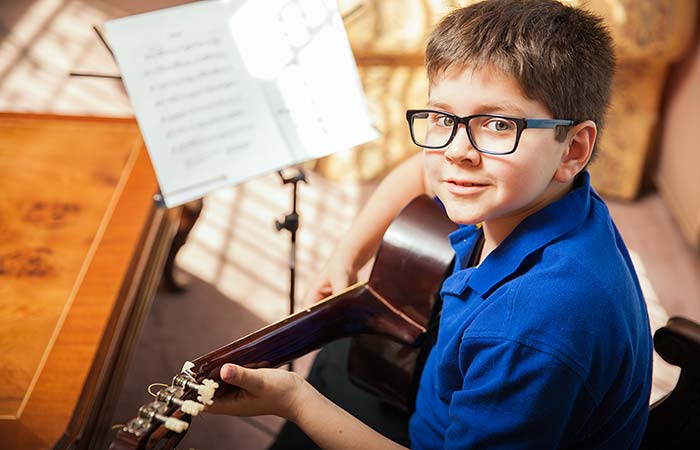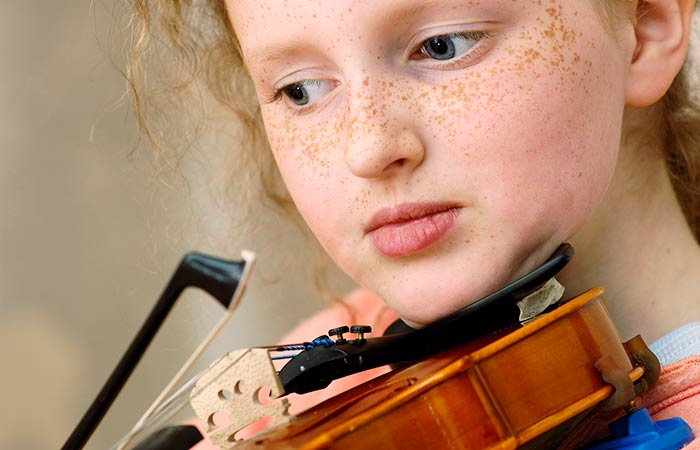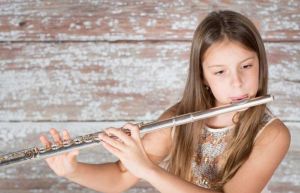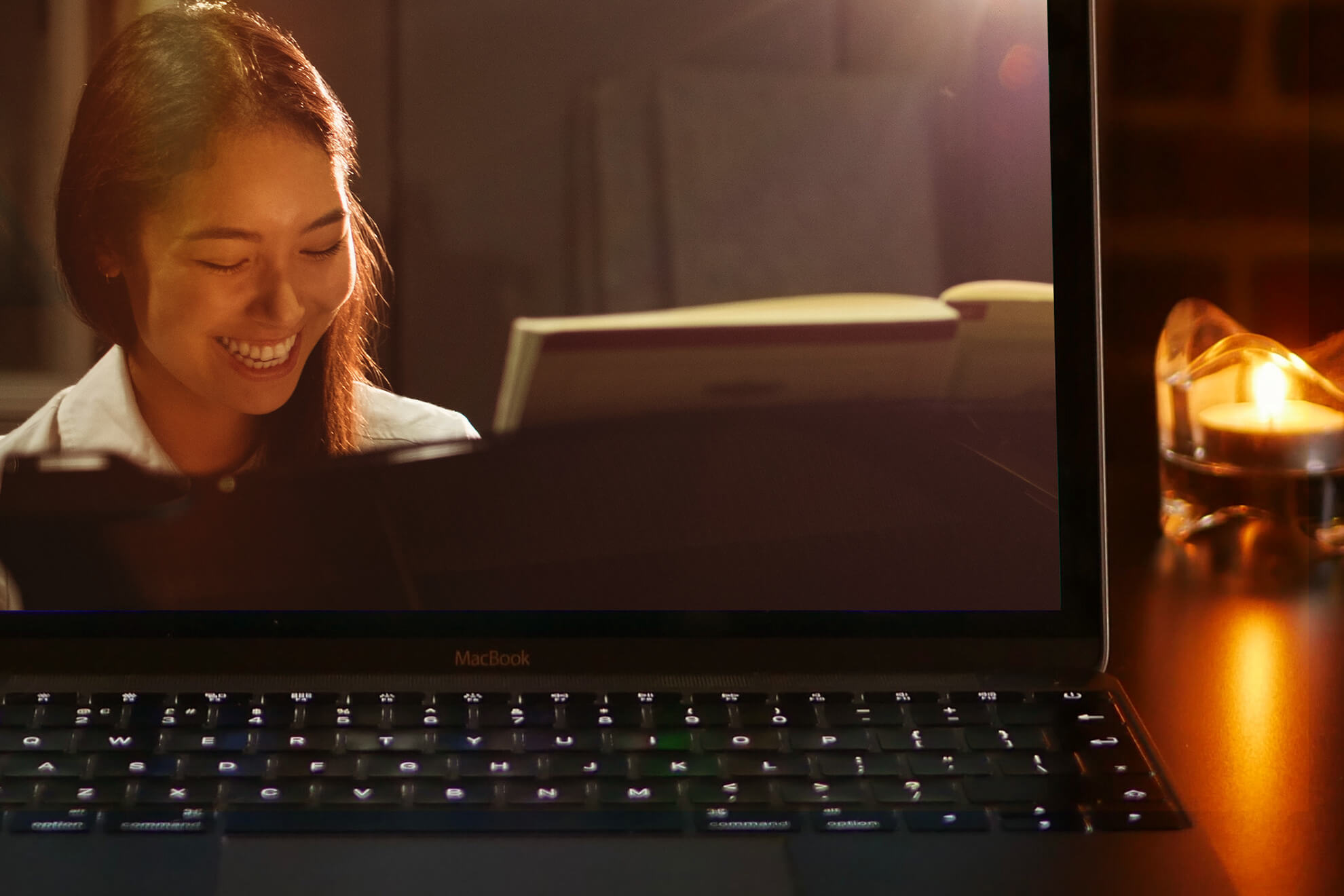Starting music lessons is a big step for your child, and it can feel just as exciting (and sometimes a little nerve-racking) for you as a parent.
If you’re wondering what that very first lesson will be like, you’re not alone.
Here’s a friendly guide to help you understand what usually happens and how you can support your child on this exciting new journey.

A warm and friendly welcome
The first few minutes are all about making your child feel comfortable.
Most teachers take time to chat with the student, introduce the instrument, and maybe even play a little music to spark excitement.
There’s no pressure to perform or get things perfect — it’s simply about helping your child relax and enjoy the moment.
Teachers often use fun games or creative activities to connect with the student.
This helps build trust and turns the lesson into a positive, fun experience that your child will want to return to week after week.
Some teachers may also let children listen to music they enjoy or mimic simple rhythms, giving them a sense of connection to the sounds they’re hearing and soon creating themselves.

Getting to know the instrument
Whether your child is learning the piano, guitar, violin or something else, the first lesson usually involves a gentle introduction to the instrument.
They might tap a few keys, pluck a few strings, or just explore the sounds it can make. It’s all about discovery.
The goal is not to start playing songs right away, but to build curiosity and confidence.
Kids love to explore, and giving them time to do so helps them feel in control and excited about what comes next.
Children may also learn basic care and respect for their instrument — how to sit or hold it properly, how to treat it gently, and how to start forming habits that make them feel like a real musician.
These early lessons set the tone for positive behaviours going forward.

Simple musical concepts through play
Young children learn best when they’re having fun, so expect plenty of play-based learning.
Teachers might introduce easy concepts like loud and soft sounds, high and low notes, or simple rhythms through clapping, singing, or movement.
These playful activities aren’t just fun — they build essential skills like coordination, listening, and musical memory.
They also help your child feel that music is something enjoyable, not just another subject to study.
Learning through movement also supports kinesthetic learning styles, especially useful for younger learners who respond best when they can feel the rhythm and physically engage with what they’re doing.
Some teachers may use scarves, percussion instruments or drawing to reinforce new ideas.

A gentle structure to the lesson
Even though the lesson will feel relaxed, there’s usually a light structure in place.
Think of it like a mini routine: a quick warm-up, a fun new activity, and a recap at the end.
This routine gives children a sense of familiarity and helps build focus over time.
Structure also teaches valuable habits like paying attention, following instructions, and trying new things.
These skills will help your child in their musical journey and beyond.
As lessons progress, this routine often becomes more detailed, gradually introducing technique, theory, and regular practise.
But even in the early days, having that clear rhythm to each session helps your child feel safe and focused.

Should parents stay or step out?
For younger children, it’s often helpful for parents to stay in the room during the first few lessons. This provides comfort and shows your child that you’re supportive.
Some teachers may prefer to work one-on-one, especially as the child grows more confident. Either way, the teacher will guide you on what works best.
After the lesson, there’s usually a quick chat about what was covered and what you can do at home to help.
This might include listening to music together or encouraging a few minutes of gentle practise each day.
It’s also helpful for parents to reinforce what was learned in a calm, positive way — praising effort, asking questions, or simply showing genuine interest.
Children respond well when they see that their new skills are valued.

Focus on enjoyment, not perfection
The first lesson isn’t about playing perfectly or memorising anything. It’s about sparking joy and starting a positive journey. Mistakes are completely normal, and teachers will encourage your child to explore and have fun.
You can support this by praising effort, showing interest, and avoiding too much pressure.
Music is a journey, and it’s meant to be enjoyed.
When children are allowed to be expressive and relaxed from the start, they build a healthy relationship with music.
This mindset stays with them long after the first few lessons and sets the stage for creativity and confidence.

What happens next?
After their first lesson, your child might come home buzzing with excitement, or they might need a bit of time to process the experience. Both reactions are completely normal.
As lessons continue, your child will start to develop skills like rhythm, note reading, and ear training.
Progress may be gradual, but with regular lessons and encouragement, you’ll see their confidence grow.
Keep the communication open with their teacher, and don’t forget to celebrate the little wins.
A new note learned or a rhythm clapped correctly is a big achievement!
Consistency is key, and even five to ten minutes of practise a few times a week can make a meaningful difference.
Over time, your child might start humming their new songs around the house or tapping rhythms on the table.
These are wonderful signs that the joy of music is taking root.

Thinking of starting music lessons for your child?
Starting music lessons is one of the best gifts you can give your child.
It’s not just about learning an instrument — it’s about building confidence, creativity, and a love for music that can last a lifetime.
At Children’s Music Academy, we offer a fun, encouraging environment where children can explore music at their own pace with the guidance of supportive and experienced teachers.
We currently offer lessons in:
- Piano
- Guitar
- Singing
- Violin
- Cello
- Saxophone
- Drums
- Bass Guitar
- Flute
If you’re thinking of enrolling your child, we’d love to help you get started.
Feel free to reach out with any questions — we’re here to help!
Let the music begin!













